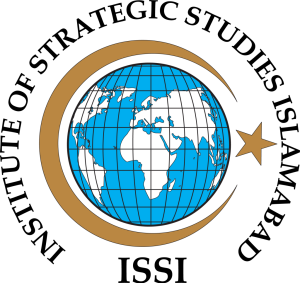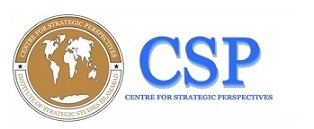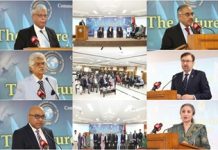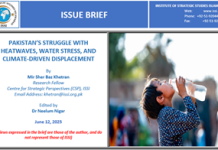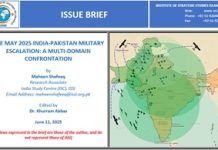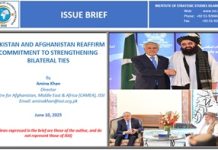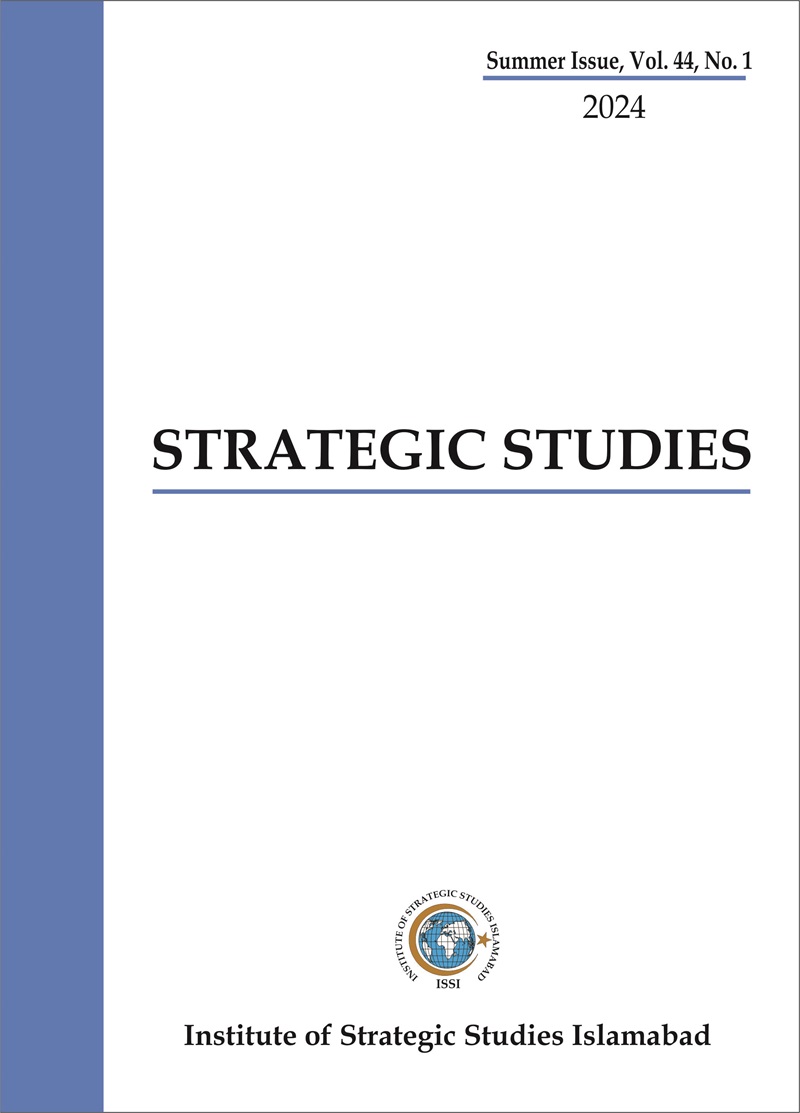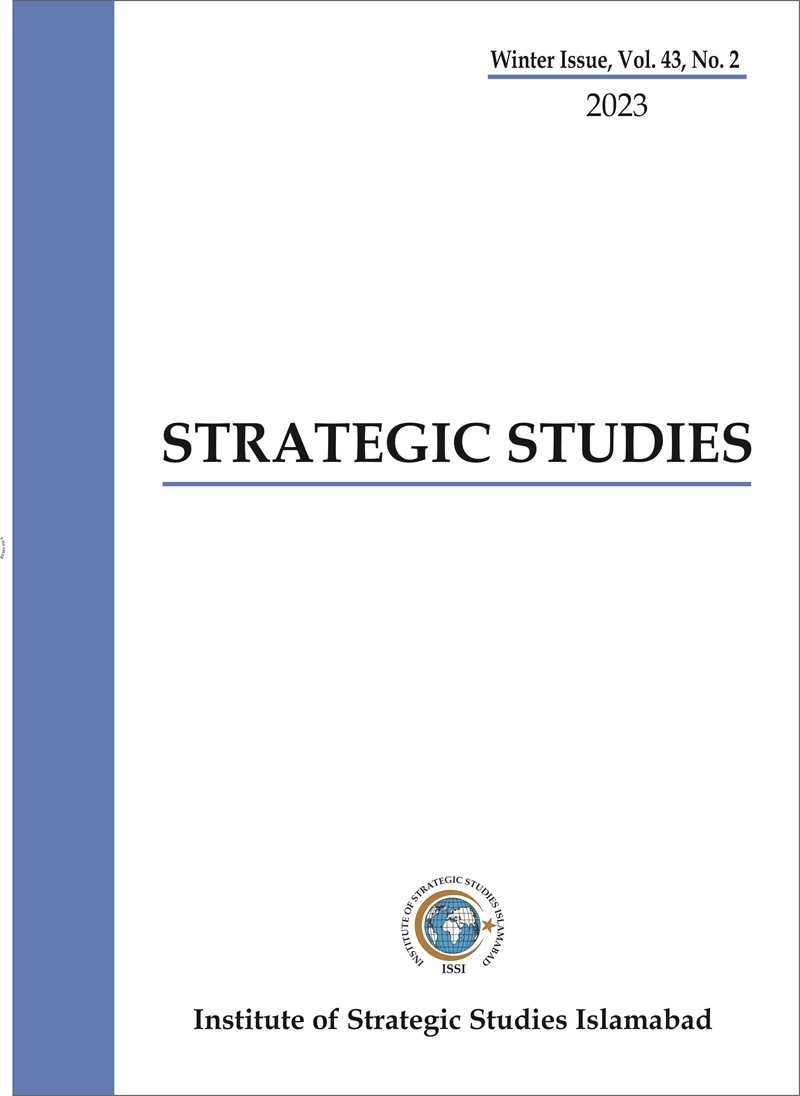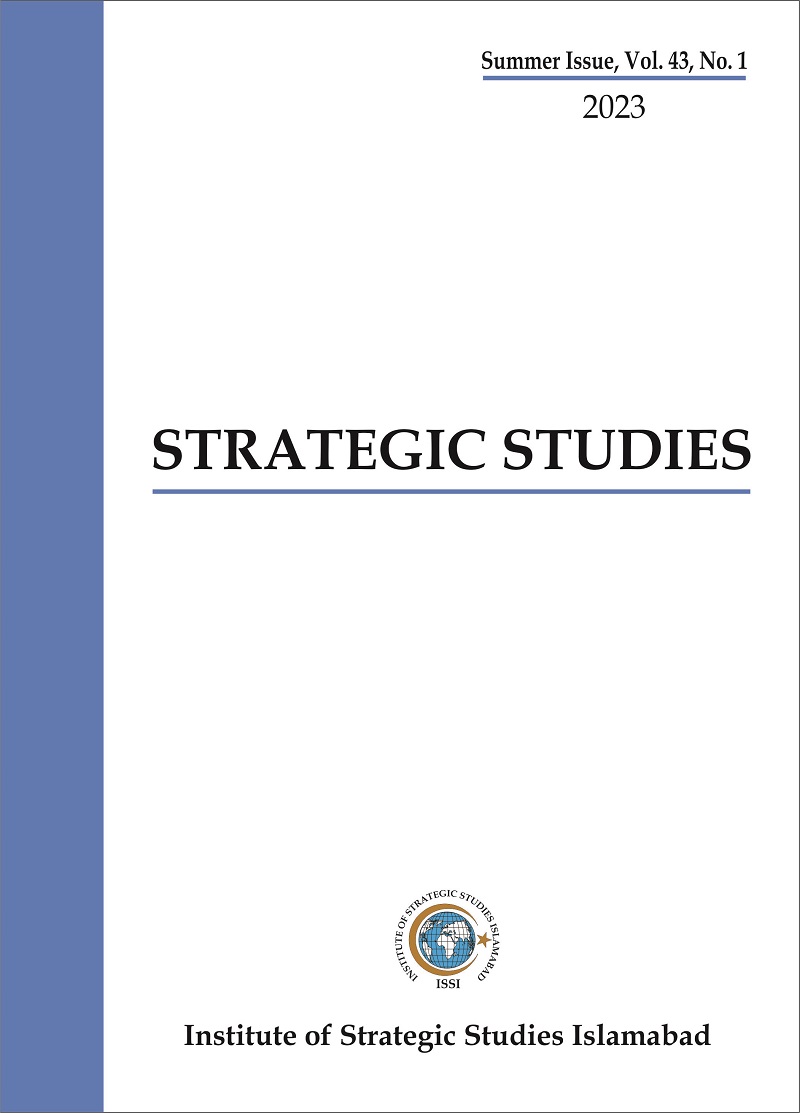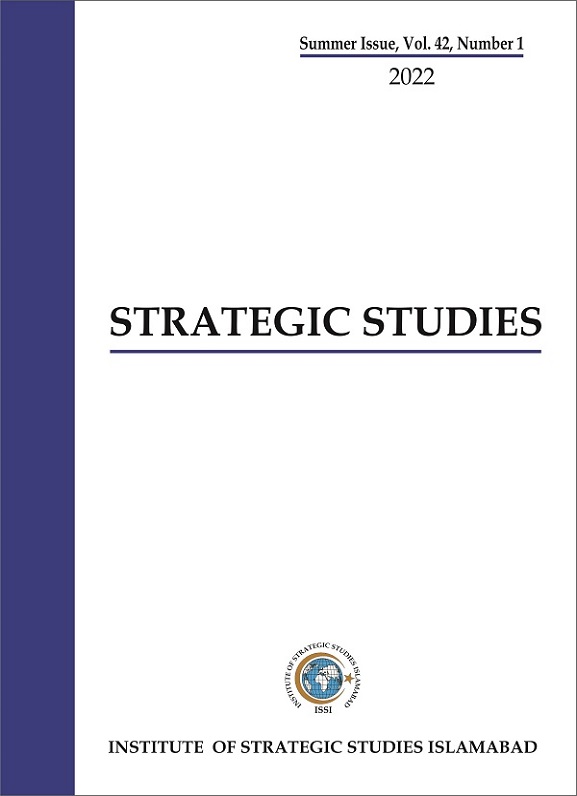Introduction
On April 3, 2025, the United States imposed a 29% reciprocal tariff on Pakistani exports, signalling a significant shift in bilateral trade relations.[1] Announced by President Donald Trump, this measure is part of a broader strategy aimed at correcting global trade imbalances and safeguarding U.S. industries. For Pakistan, whose economy heavily relies on textile exports to the U.S., this policy change poses considerable risks and losses of up to $1 billion.[2]
The new tariff, which includes a 10% baseline and an additional 29% reciprocal charge, effectively overrides Pakistan’s previous Generalized System of Preferences (GSP) status. This change raises the average tariff on Pakistani goods from 4–5% to 39%.[3] The U.S. Administration cited Pakistan’s alleged 58% tariff and non-tariff barriers on U.S. goods as justification—claims that remain unverified.[4] Despite the purported rationale, the impact on Pakistan’s economy could be profound, especially as the U.S. is its largest single-country export destination.
